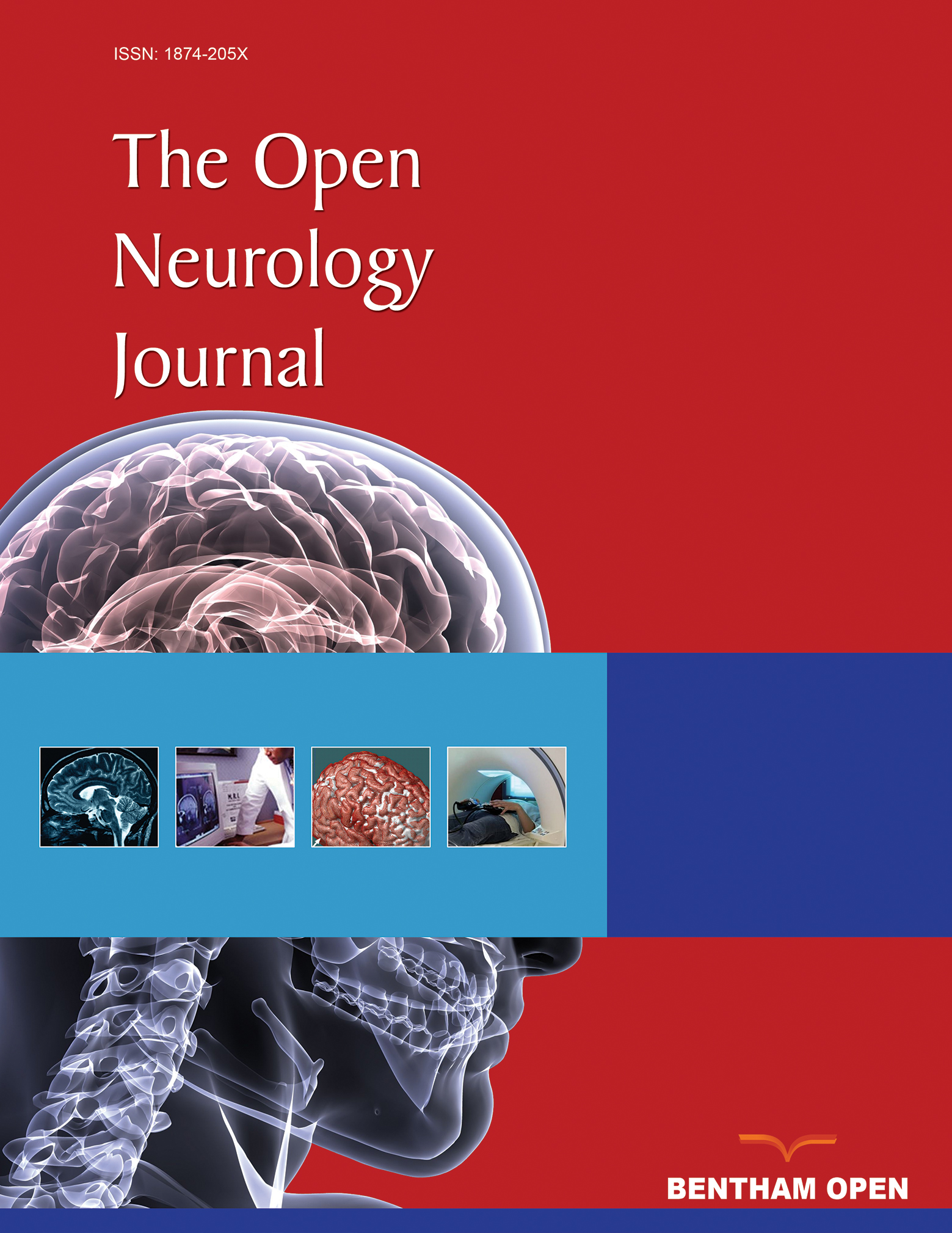All published articles of this journal are available on ScienceDirect.
Animal Models of Ischemic Stroke. Part Two: Modeling Cerebral Ischemia
Abstract
Animal models of stroke provide an essential tool for the understanding of the complex cellular and molecular pathophysiology of stroke and for testing novel recanalyzing, neuroprotective, neuroregenerative or anti- inflammatory drugs in pre- clinical setting. Since the first description of the distal occlusion of the middle cerebral artery (MCA) in rats, different techniques and methods to induce focal and global ischemia of the brains have been developed and optimized. The different models, ranging from proximal to distal MCA occlusion to embolic and photothrombotic stroke vary widely in their ability to model human disease and in their application to the study of cell death, inflammation and neural repair. In the first part of the review animal models developed for studying stroke related risk factors are described while this section discusses specific models that have been created for mimicking different types of stroke, focal and global ischemia in an experimental setup. Advantages and limits and the potential of the diverse models for the study of novel therapies as well as for the study of basic pathophysiological mechanisms are explored.


